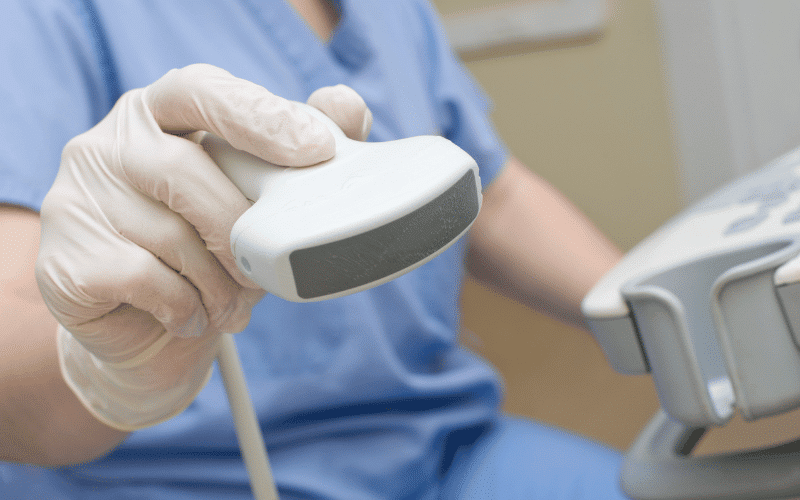Fact 6: Diagnostic Methods for Thyroid Cancer – How It’s Detected

Diagnosing thyroid cancer typically begins with a physical examination. Doctors palpate the neck area, checking for any thyroid nodules or enlargement and swollen lymph nodes. However, it doesn’t stop there. A range of tests are available to detect thyroid cancer and determine its stage, which guides treatment decisions.
The fine-needle aspiration (FNA) biopsy is the most definitive test for diagnosing thyroid cancer. A thin needle is inserted into the nodule, and cells are removed for examination under a microscope. If the sample reveals the presence of cancer cells, the diagnosis is confirmed.
Blood tests provide valuable insights into the functioning of the thyroid gland. For instance, a high level of the hormone calcitonin could be indicative of medullary thyroid cancer. Similarly, a high level of thyroid-stimulating hormone (TSH) can be associated with an increased risk of thyroid cancer.
Imaging tests like ultrasound, computed tomography (CT) scans, and magnetic resonance imaging (MRI) can help determine the size and location of thyroid nodules. These tests also reveal if the cancer has spread to nearby lymph nodes or other structures in the neck. (6)